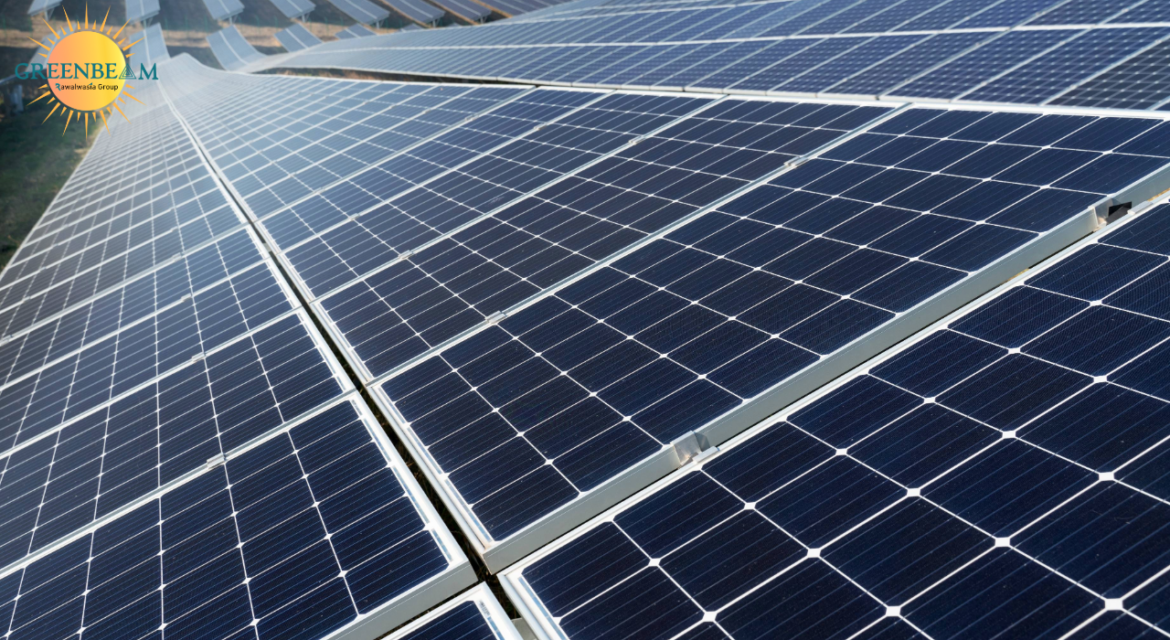Introduction
As the world shifts towards renewable energy sources, solar power is leading the charge. Massive solar installations are transforming the energy landscape, reducing our reliance on fossil fuels and mitigating climate change. In this article, we’ll explore the top 10 largest solar parks worldwide, their capacity, and environmental impact.
The Rise of Solar Energy
Solar energy has become increasingly vital in the global transition to renewable energy. With the cost of solar panels decreasing and technology advancing, solar power is now more accessible and efficient than ever. Governments and corporations worldwide are investing heavily in solar infrastructure, driving growth and innovation.
Top 10 Solar Parks:
- Golmud Solar Park, China: With an impressive 2.8GW capacity, Golmud Solar Park leads the pack. Located in Qinghai Province, it houses 80 solar power plants.
- Bhadla Solar Park, India: Spread across 14,000 acres in Rajasthan, Bhadla Solar Park boasts a capacity of 2.25GW.
- Pavagada Solar Park, India: This 2.05GW solar park covers 13,000 acres in Karnataka.
- Mohammed Bin Rashid Al Maktoum Solar Park, UAE: With a current capacity of 1.63 GW, this park aims to reach 5GW by 2030.
- Benban Solar Park, Egypt: Africa’s largest solar farm, Benban, has a capacity of 1.8GW.
- The Tengger Desert Solar Park, China: This 1.51GW park powers around 600,000 homes.
- Noor Abu Dhabi Solar Power Project, UAE: As the world’s largest single-site power plant, Noor Abu Dhabi generates 1.17GW.
- Datong Solar Power Top Runner Base, China: This 1GW project reduces CO2 emissions by 2.74 million tonnes.
- Jichuan Solar Park, China: With 15 plants, Jichuan has a combined capacity of over 1GW.
- Kurnool Ultra Mega Solar Park, India: This 1GW park saves an estimated 1,892,160 tonnes of CO2 emissions annually.
Environmental Impact
These massive solar installations have a significant impact on the environment:
- Reduced greenhouse gas emissions
- Decreased air pollution
- Water conservation
- Land preservation
Future of Solar Energy
As technology advances and costs decline, solar energy will continue to play a vital role in the global transition to renewable energy. Governments, corporations, and individuals must work together to:
- Invest in solar infrastructure
- Promote energy efficiency
- Develop sustainable practices
Conclusion
The top 10 solar parks showcased above demonstrate the potential of renewable energy in reducing our carbon footprint. As we move towards a sustainable future, harnessing the sun’s power will be crucial.






